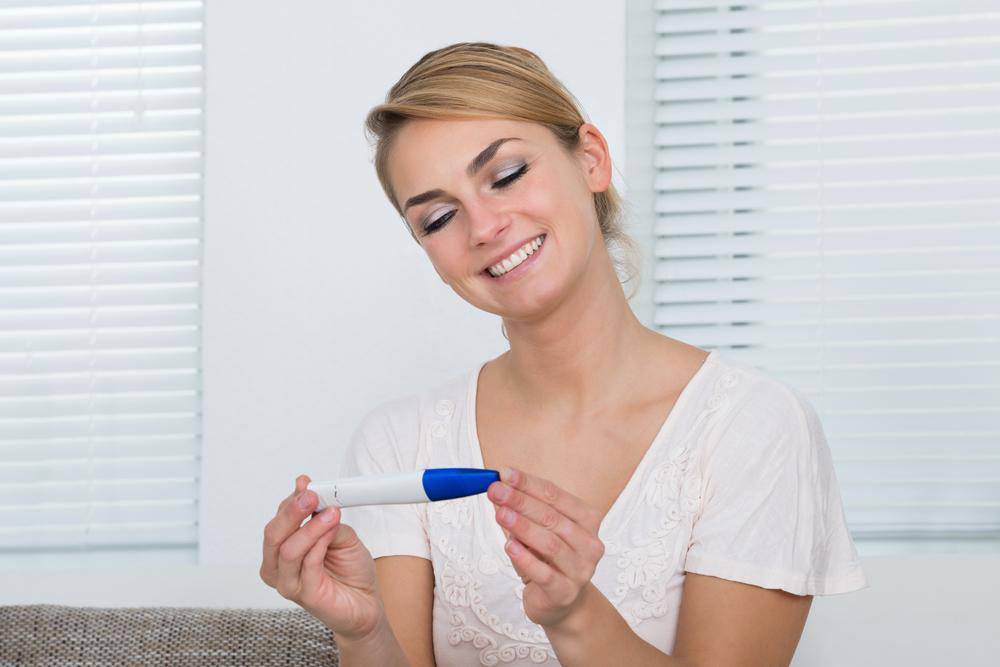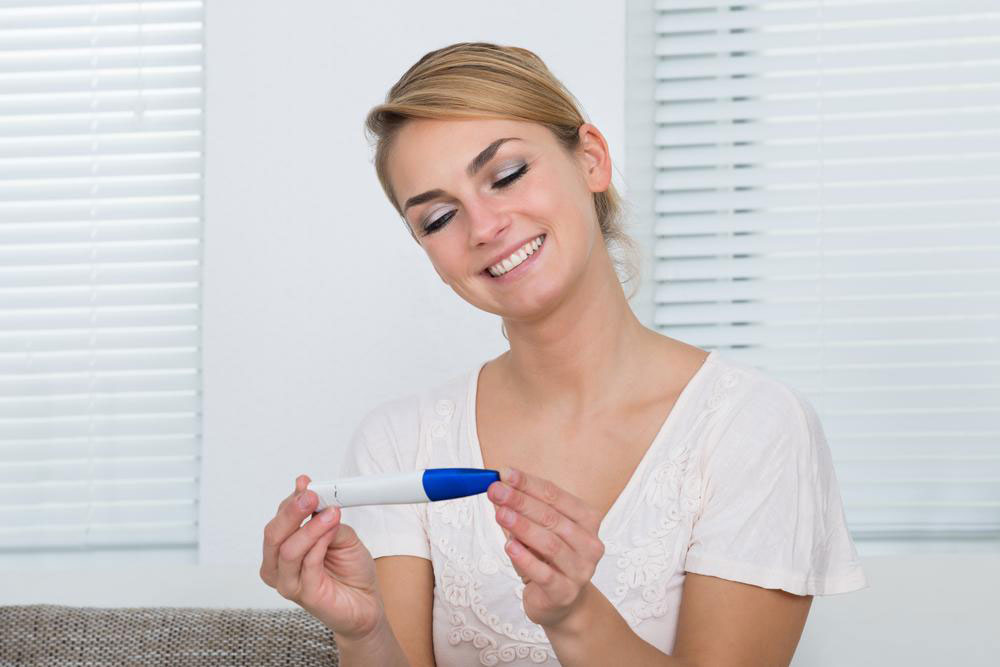Maximizing Your Chances of Conception: A Comprehensive Guide to Timing Ovulation and Fertility
Optimize your conception chances by understanding the timing of ovulation and fertility signals. This comprehensive guide explains the menstrual cycle, fertile window, sperm and egg lifespan, and methods to track ovulation, helping couples increase their chances of a successful pregnancy through proper planning and awareness of biological processes.

Understanding the Optimal Timing for Conception
Planning a pregnancy involves more than just desire; it requires understanding the intricate biological processes that govern fertility. Conception occurs when a sperm successfully fertilizes an egg, which then implants itself into the lining of the uterus. While some women conceive rapidly after they start trying, many others face several months of waiting. According to fertility studies, approximately 80% of couples will achieve pregnancy within their first year of trying. Knowing the biological cycles involved—and how to accurately identify the most fertile days—significantly increases the chances of conception.
The foundation of timed conception begins with understanding the female menstrual cycle. This cycle begins on the first day of menstruation (bleeding) and can last between 21 to 35 days, with an average of about 28 days. The cycle is divided into distinct phases: menstruation, the follicular phase, ovulation, and the luteal phase. Each phase plays a crucial role in fertility planning.
After menstruation concludes, the body prepares for ovulation—the process where the ovaries release mature eggs. Ovulation typically occurs about 12 to 14 days before a woman’s next period begins, making it the most fertile window in a menstrual cycle. Accurate identification of ovulation is essential for couples trying to conceive.
The most fertile days...
Women are at their highest fertility during a window that starts a day or two after ovulation. During this period, sexual intercourse has the greatest likelihood of resulting in pregnancy. Ovulation generally lasts about 24 hours, during which an immature egg is released from the ovary and begins its journey toward possible fertilization.
In a typical 28-day cycle, ovulation occurs around day 14. However, cycle lengths can vary widely among women, which makes pinpointing the exact time of ovulation a bit more complicated. It’s important to note that an egg can survive for only 24 to 48 hours after being released. Therefore, to maximize conception chances, regular intercourse should be maintained during the fertile window, which is approximately from days 10 to 16 in a standard cycle.
Sperm longevity is another critical factor. Sperm can live inside the female reproductive tract for up to 5 to 7 days, depending on conditions such as cervical mucus quality. This means that intercourse occurring a few days before ovulation can still lead to fertilization, as sperm are waiting in the fallopian tubes for the egg to be released.
The process of fertilization begins when sperm meet the egg in the fallopian tubes. After fertilization, the resulting zygote travels down the tube to the uterus, where it implants into the thickened uterine lining. During ovulation, hormonal changes also cause the uterine walls to thicken and cervical mucus to become more receptive. The cervical mucus becomes thinner and more alkaline, creating an ideal environment for sperm to survive and move efficiently through the reproductive system.
Accurate tracking of ovulation can be achieved through various methods, including basal body temperature measurement, ovulation predictor kits, and monitoring changes in cervical mucus. These techniques help women identify their most fertile days and increase the likelihood of successful conception.
Understanding the biological and physiological factors that influence fertility, along with proper timing, can significantly enhance your chances of conception. Consulting with healthcare professionals or fertility specialists can also provide personalized advice and support during your conception journey.




